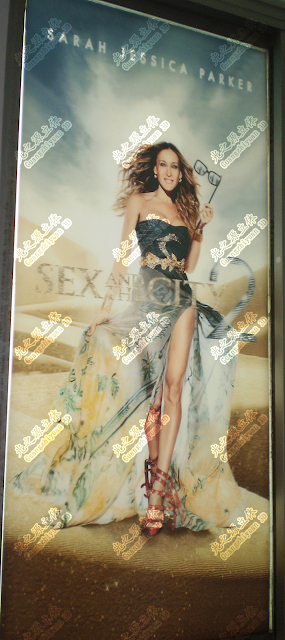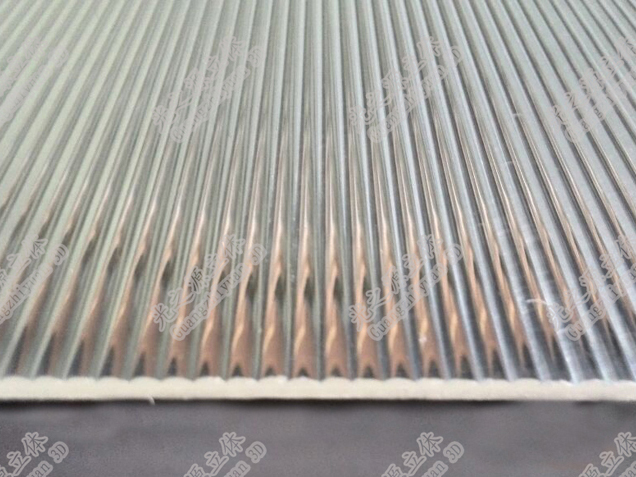Lenticular Decorative Printing Gives Life to Images
Innovative approaches to enthrall and engage audiences are always sought in the field of visual communication. One such method that has long been testing the limits of traditional printing is lenticular printing. 3D lenticular decorative produces captivating, arresting graphics that seem to come to life by smoothly fusing several images into one print. This blog will go into the interesting realm of lenticular printing and examine its background, science, and diverse uses.
The Lenticular
Printing Science
Lenticular
printing is fundamentally an optics-based process that makes use of special
lenses called lenticules. An array of small cylindrical lenses, each of which
focuses on a separate piece of picture data, make up a lenticular lens. Each of
these lenses covers a certain area of the printed picture when it is normally
put on top of the image.
Your eyes observe
various portions of the underlying picture through the lenses as you examine a
lenticular print from various angles. Your brain analyzes the shifting visuals
in a way that gives the impression of motion or depth. The smoother and more detailed
the appearance, the more lenses there are per inch (LPI).
Lenticular
printing applications
Due to its
capacity to draw attention and distinctively provide information, Lenticular decorative printing has
found use in several different sectors. Here are some frequent examples:
- Marketing and advertising: For eye-catching presentations, lenticular printing is
frequently utilized in ads, posters, and promotional items. Dynamic
graphics may successfully communicate messages and create an impact on
viewers.
- Art and photography: Lenticular printing has gained popularity among many artists
and photographers as a way to give their pieces more depth and motion. By
bringing motionless photographs to life, this method may make them more
compelling and memorable.
- Lenticular prints are used in educational materials and training aids to show challenging ideas, such as engineering or anatomy, in a style that is simple to comprehend and retain.
- Entertainment and Collectibles: The production of collectibles like movie posters, trading cards, and album covers uses lenticular decorative printing China, which is widely used in the entertainment sector. These products frequently include dynamic visuals that stimulate interest and anticipation.





Comments
Post a Comment